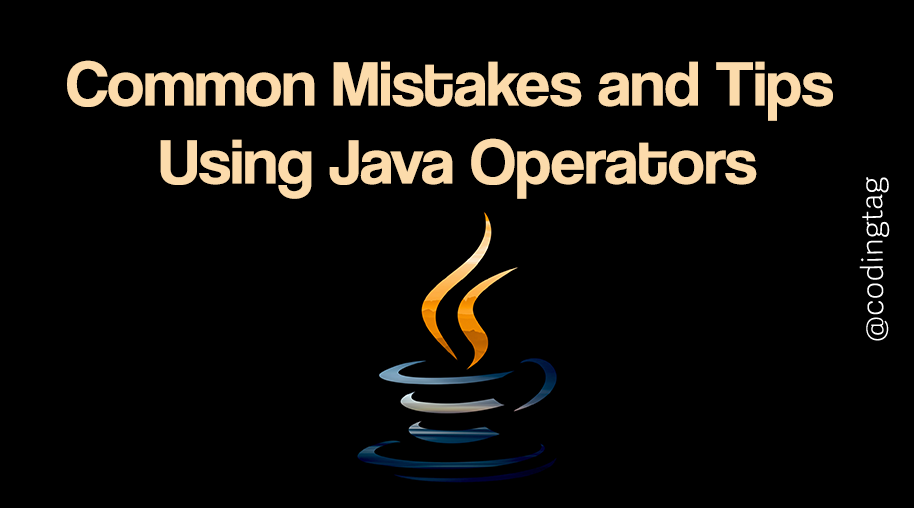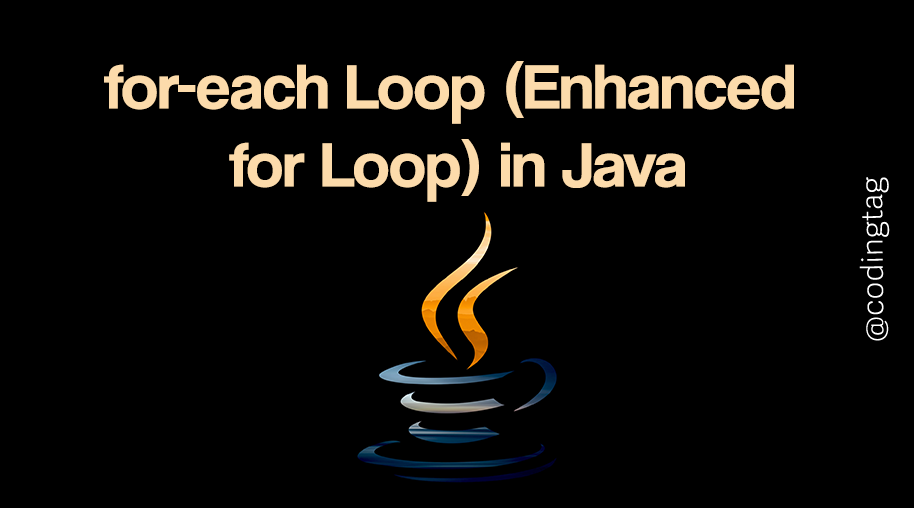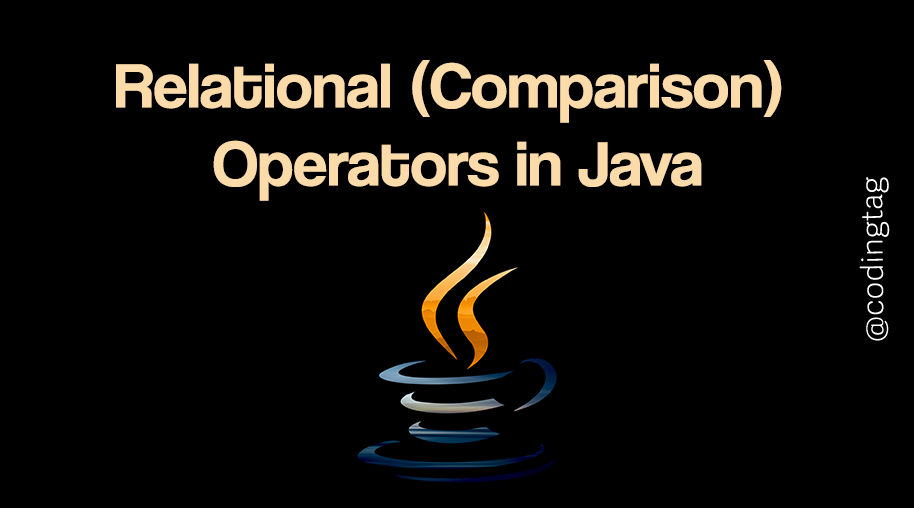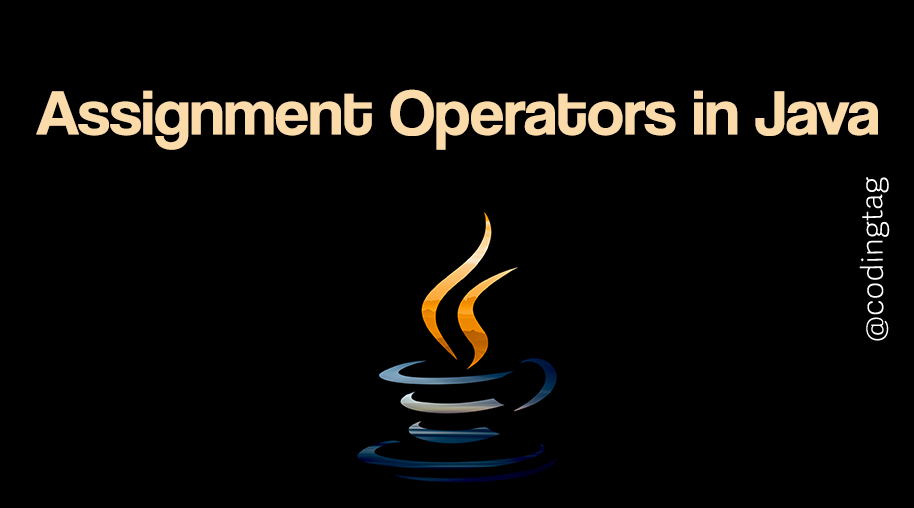Difference Between Java 8, 11, and 17
0 792
⚡ Introduction to Difference Between Java 8, 11, and 17
Java has evolved significantly over the years, with Java 8, 11, and 17 being some of the most popular long-term support (LTS) releases. Each version brought new features, performance enhancements, and improvements that impact how developers write modern Java applications.
In this tutorial, we’ll explore the main differences between Java 8, Java 11, and Java 17.
🛠️ Key Features Introduced in Java 8
Java 8 was a landmark release that introduced many important features which are still widely used today:
- Lambda Expressions: Enable functional programming by allowing inline implementation of functional interfaces.
- Stream API: Provides a fluent way to process collections with operations like filter, map, and reduce.
- Default Methods: Allow interfaces to have method implementations, aiding backward compatibility.
- Optional Class: Helps handle null values more gracefully.
- Date and Time API: Introduced the
java.timepackage to replace old date-time classes.
Example of Lambda and Stream:
List<String> names = Arrays.asList("John", "Jane", "Mark");
names.stream()
.filter(name -> name.startsWith("J"))
.forEach(System.out::println);
🚀 What’s New in Java 11?
Java 11 is the next LTS release after Java 8 and brought several enhancements, focusing on performance, security, and API improvements:
- Local-Variable Syntax for Lambda: Use
varin lambda parameters. - HTTP Client API: A modern HTTP client to replace the legacy
HttpURLConnection. - String Methods: New useful methods like
isBlank(),lines(),strip(), andrepeat(). - Removal of Java EE and CORBA Modules: Simplifying the platform.
- Running Single-File Source-Code Programs: Run Java source files without explicit compilation.
Example: Using new String methods in Java 11
String multiline = "Java\n11\nFeatures";
long linesCount = multiline.lines().count(); // 3 lines
boolean emptyCheck = " ".isBlank(); // true
✨ Major Improvements in Java 17
Java 17, the latest LTS release, includes more advanced language features, new APIs, and performance optimizations:
- Sealed Classes: Allow restricting which classes can extend or implement them, enhancing code safety.
- Pattern Matching for
instanceof: Simplifies type checks and casting. - New macOS Rendering Pipeline: Improved graphics performance on Apple devices.
- Foreign Function & Memory API (Incubator): Enables Java programs to interoperate with native code.
- Strongly Encapsulate JDK Internals: Improves security by hiding internal APIs.
Example: Pattern Matching with instanceof
Object obj = "Hello, Java 17";
if (obj instanceof String s) {
System.out.println(s.toUpperCase());
}
⚖️ Comparing Java 8, 11, and 17: Summary
| Feature / Version | Java 8 | Java 11 | Java 17 |
| LTS Release | Yes | Yes | Yes |
| Lambda Expressions & Streams | Introduced | Enhanced | Available |
| HTTP Client API | Legacy (HttpURLConnection) | New Modern API | Improved |
| Pattern Matching | No | No | Yes |
| Sealed Classes | No | No | Yes |
| String Utility Methods | Basic | New useful methods | Available |
📌 Conclusion
The Difference Between Java 8, 11, and 17 shows a clear evolution in language features, performance, and security. While Java 8 remains a popular and stable choice, Java 11 introduces important API updates and runtime improvements.
Java 17 pushes the language forward with modern constructs like sealed classes and pattern matching, making it the best choice for new projects looking for long-term support and advanced features.
Choosing the right Java version depends on your project needs, but understanding these differences helps you make informed decisions to leverage Java’s full potential.
If you’re passionate about building a successful blogging website, check out this helpful guide at Coding Tag – How to Start a Successful Blog. It offers practical steps and expert tips to kickstart your blogging journey!
For dedicated UPSC exam preparation, we highly recommend visiting www.iasmania.com. It offers well-structured resources, current affairs, and subject-wise notes tailored specifically for aspirants. Start your journey today!

Share:







Comments
Waiting for your comments